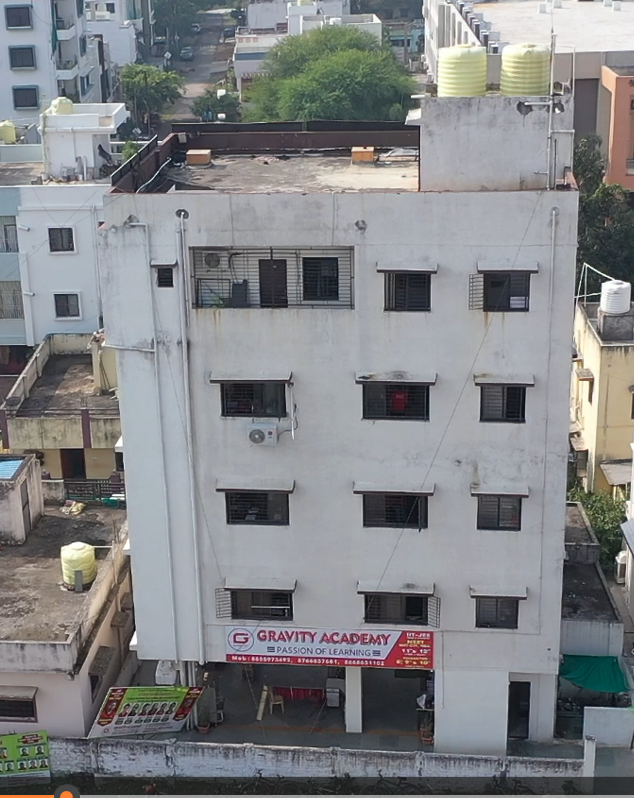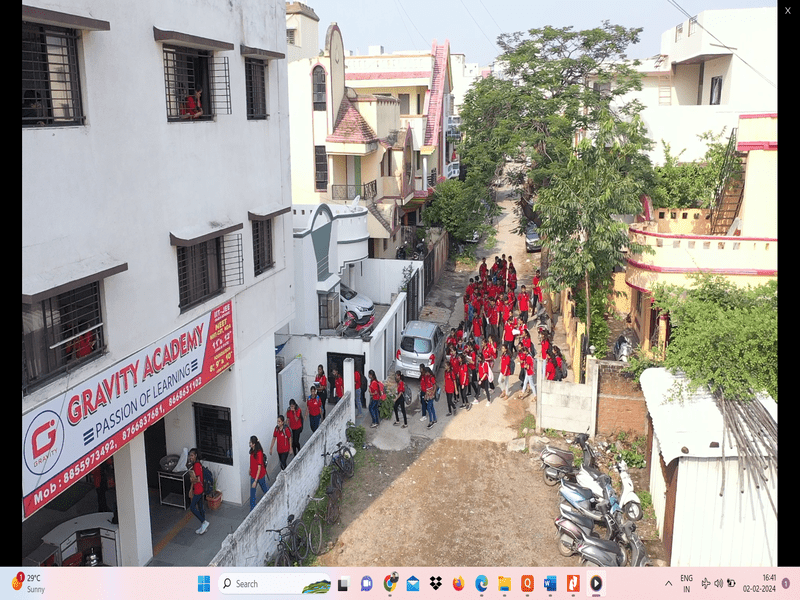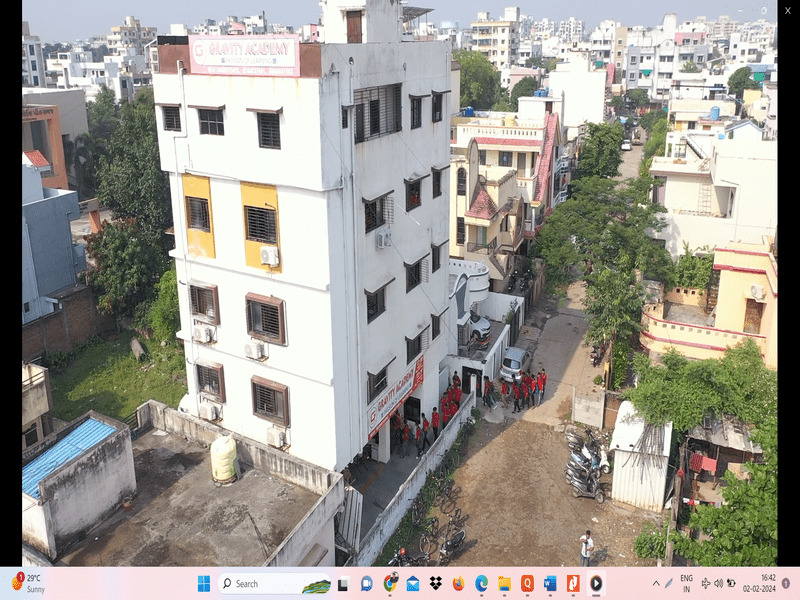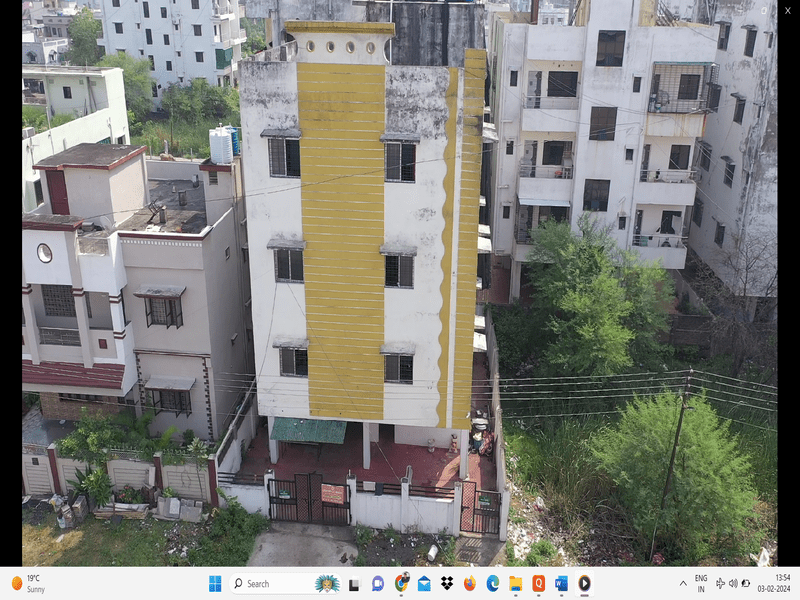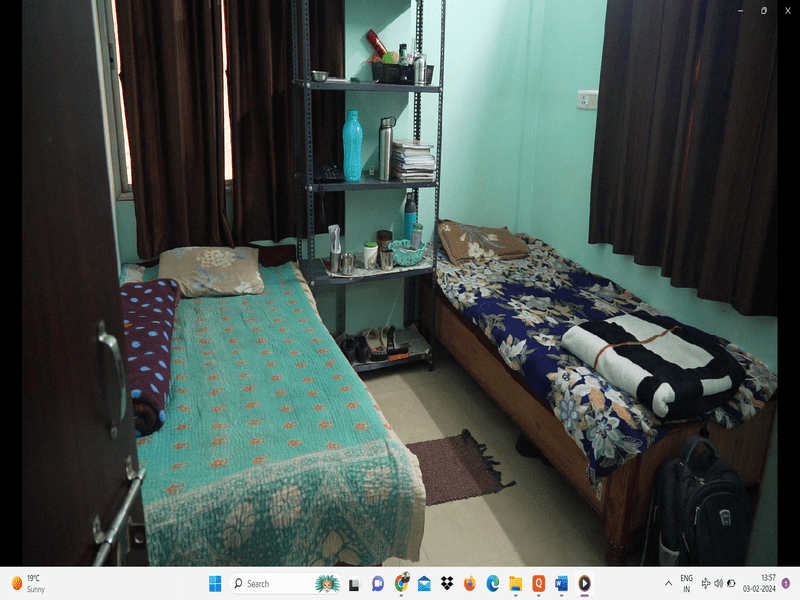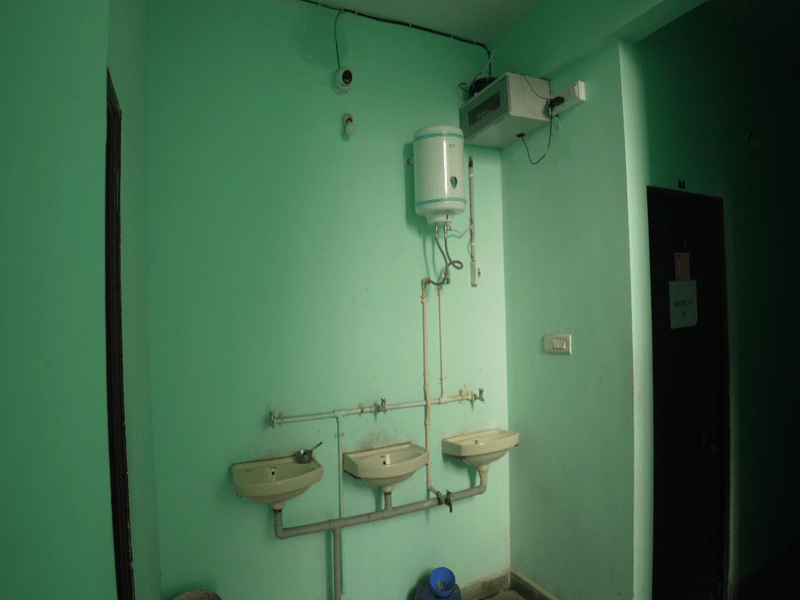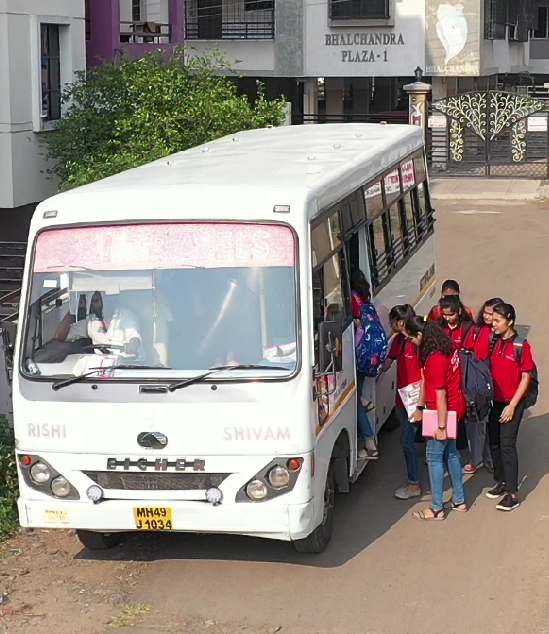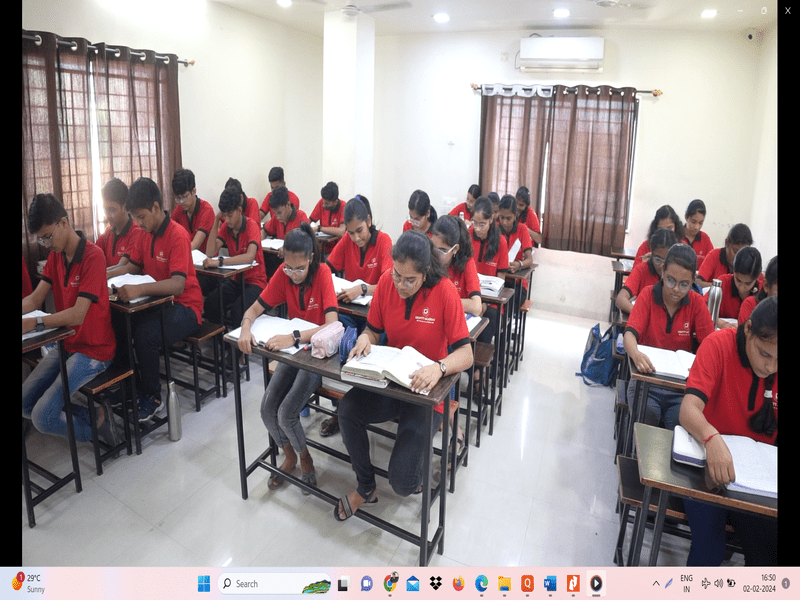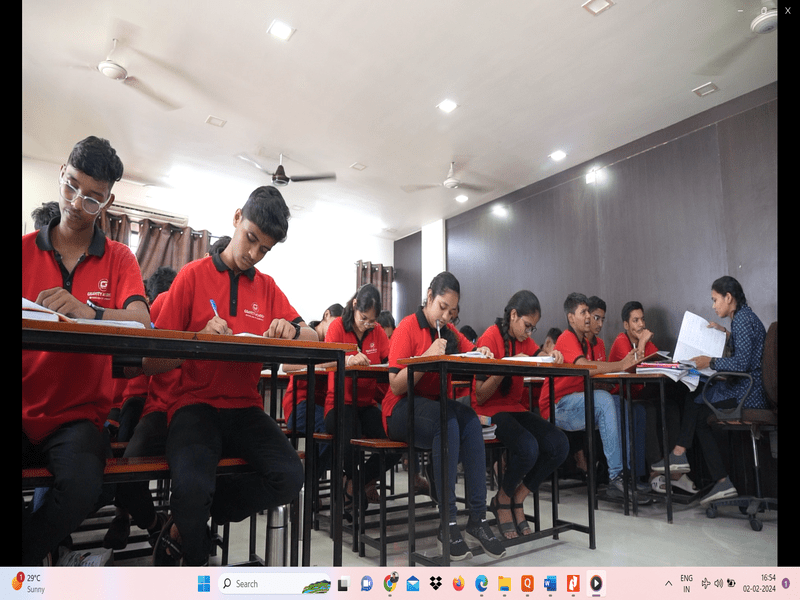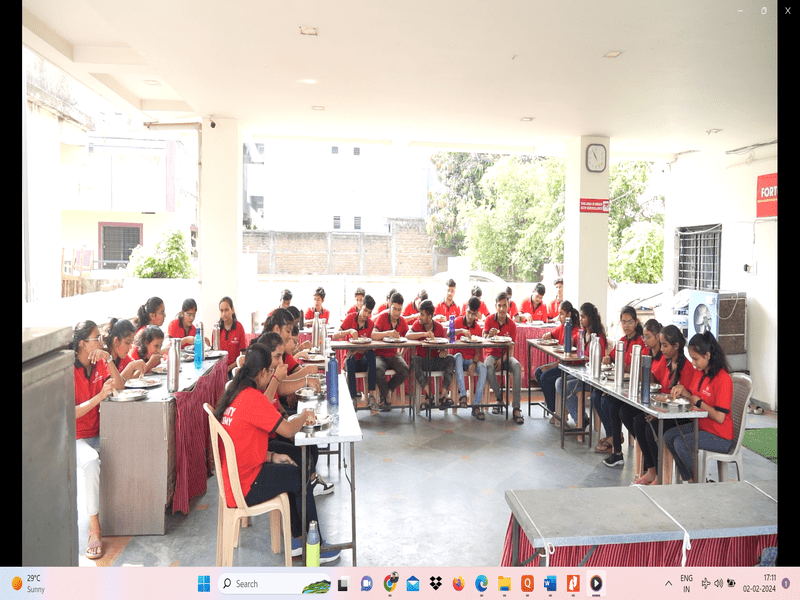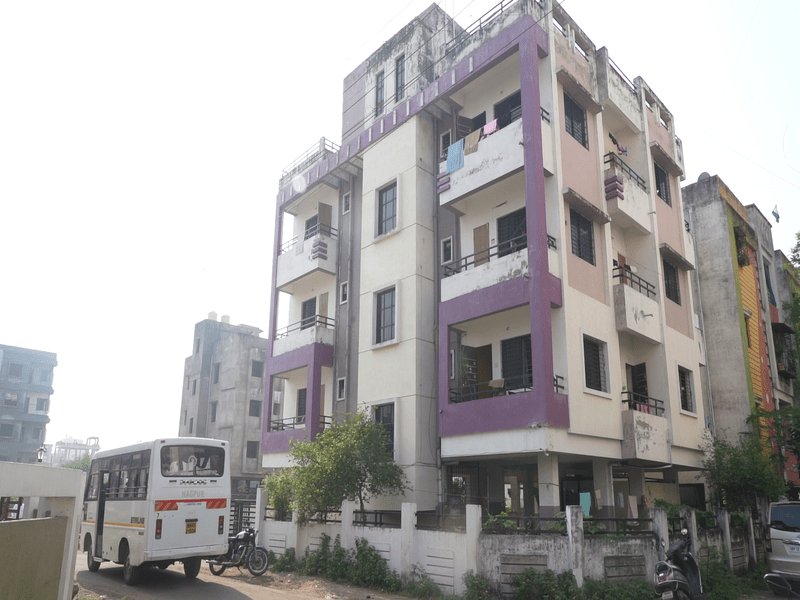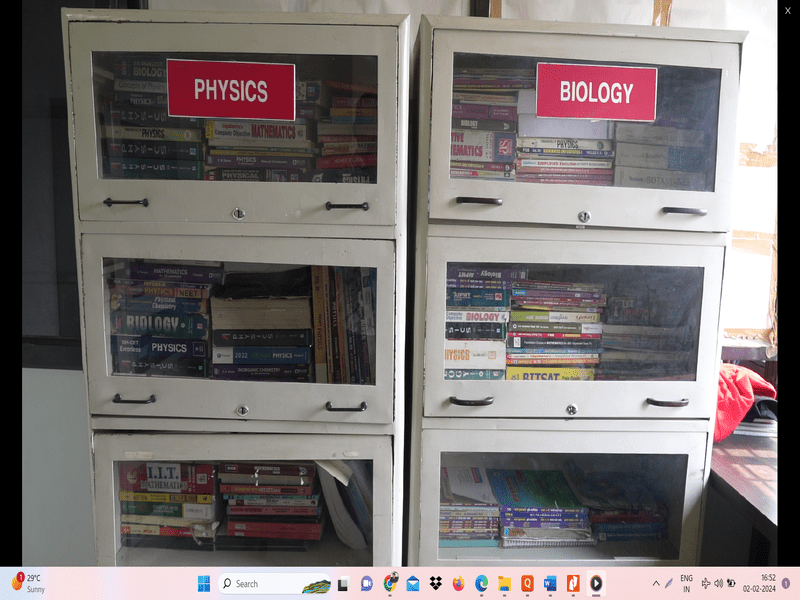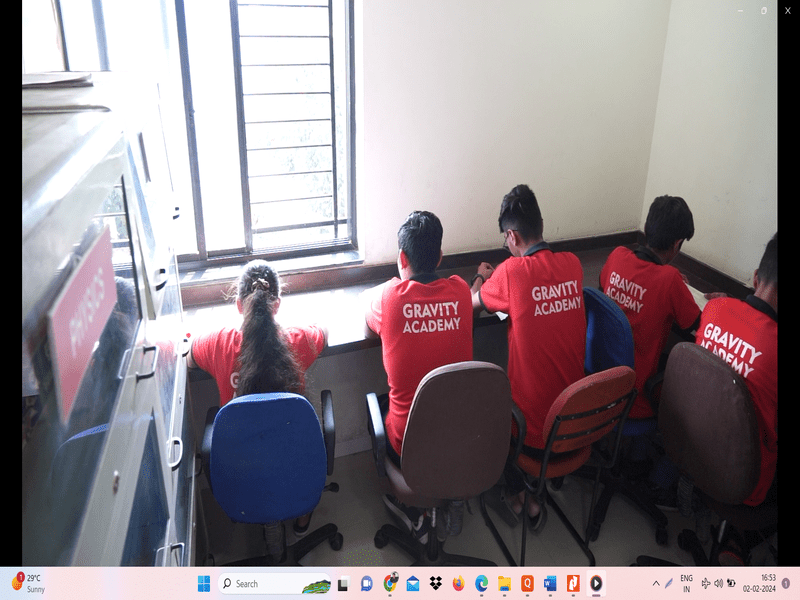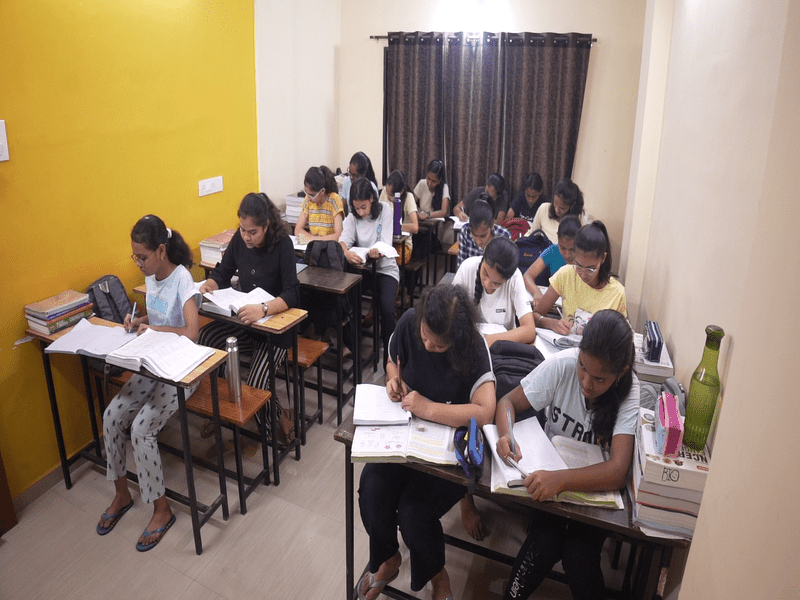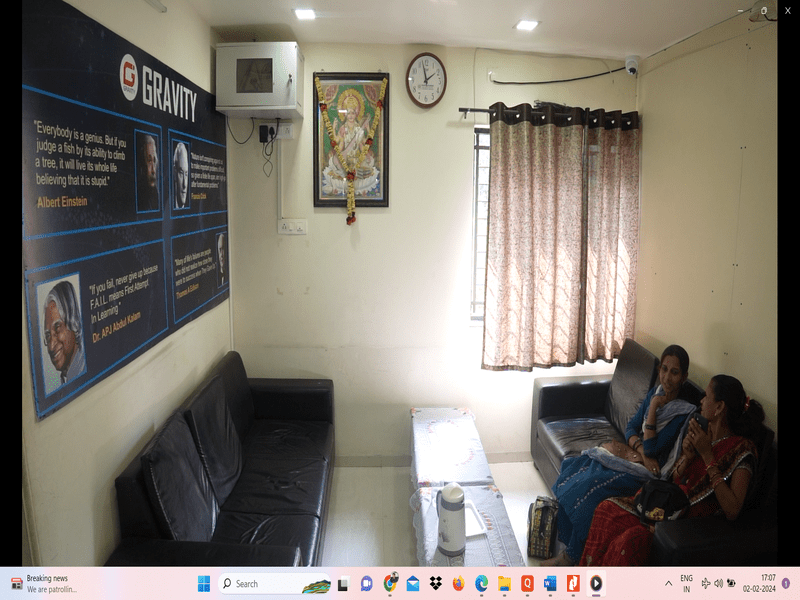
Accreditation: Recognition often involves accreditation from relevant educational authorities. Accreditation ensures that the academy meets certain standards of quality in education.
Reputation: Recognition is often tied to the academy's reputation. A well-established and respected academy is more likely to be recognized in educational and professional circles.
Faculty Credentials: Recognized academies typically have qualified and experienced faculty members. The expertise of the teaching staff contributes to the overall recognition of the institution.
Infrastructure and Facilities: The physical infrastructure and facilities provided by the academy can play a role in its recognition. Adequate resources, modern classrooms, libraries, labs, and other amenities contribute to a positive perception.
Curriculum: A recognized academy generally offers a well-structured and up-to-date curriculum. The courses should align with industry standards and provide students with relevant knowledge and skills.
Success of Alumni: The achievements of alumni can be a significant factor in recognizing an academy. Successful graduates contribute to the reputation of the institution.
Developing a well-planned and effective educational campus infrastructure is crucial for providing a conducive learning environment.
1. Classroom Facilities:
2. Library Resources:
3. Recreational Spaces:
4. Technology Infrastructure:
5. Safety and Security Measures:
6. Health Services:
7. Food and Dining Facilities:
8. Maintenance and Upkeep:
Developing a well-planned and effective educational campus infrastructure is crucial for providing a conducive learning environment.
Designing and maintaining a hostel campus involves considering several factors to ensure the comfort, safety, and well-being of the residents.
1. Study Halls and Work Areas:
2. Accommodation Facilities:
3. Kitchen and Dining Facilities:
4. Laundry Facilities:
5. Security Measures:
6. Health and Wellness:
7. Cleaning and Maintenance:
1. Expert Guidance:
2. Fine Dining Area:
3. Morning Refreshment:
4. Nutrient-Rich Breakfast:
5. Healthy Lunch:
6. Afternoon Hi-Tea:
7. Gourmet Dinner:
8. Sunday Special Feast:
9. Seasonal and Festival Themes:
10. Commitment to Health:
11. Variety and Versatility:
12. Culinary Expertise:
13. Community and Communal Dining:
14. Transparent Communication:
15. Continuous Improvement::
